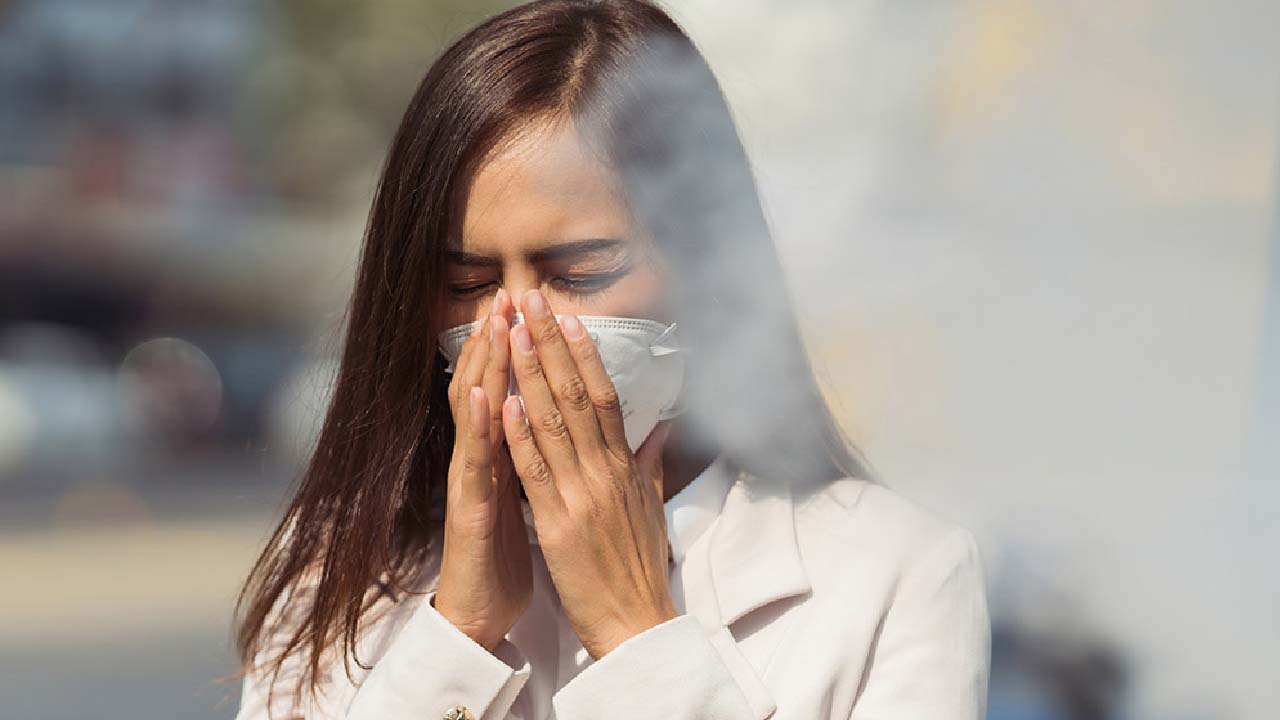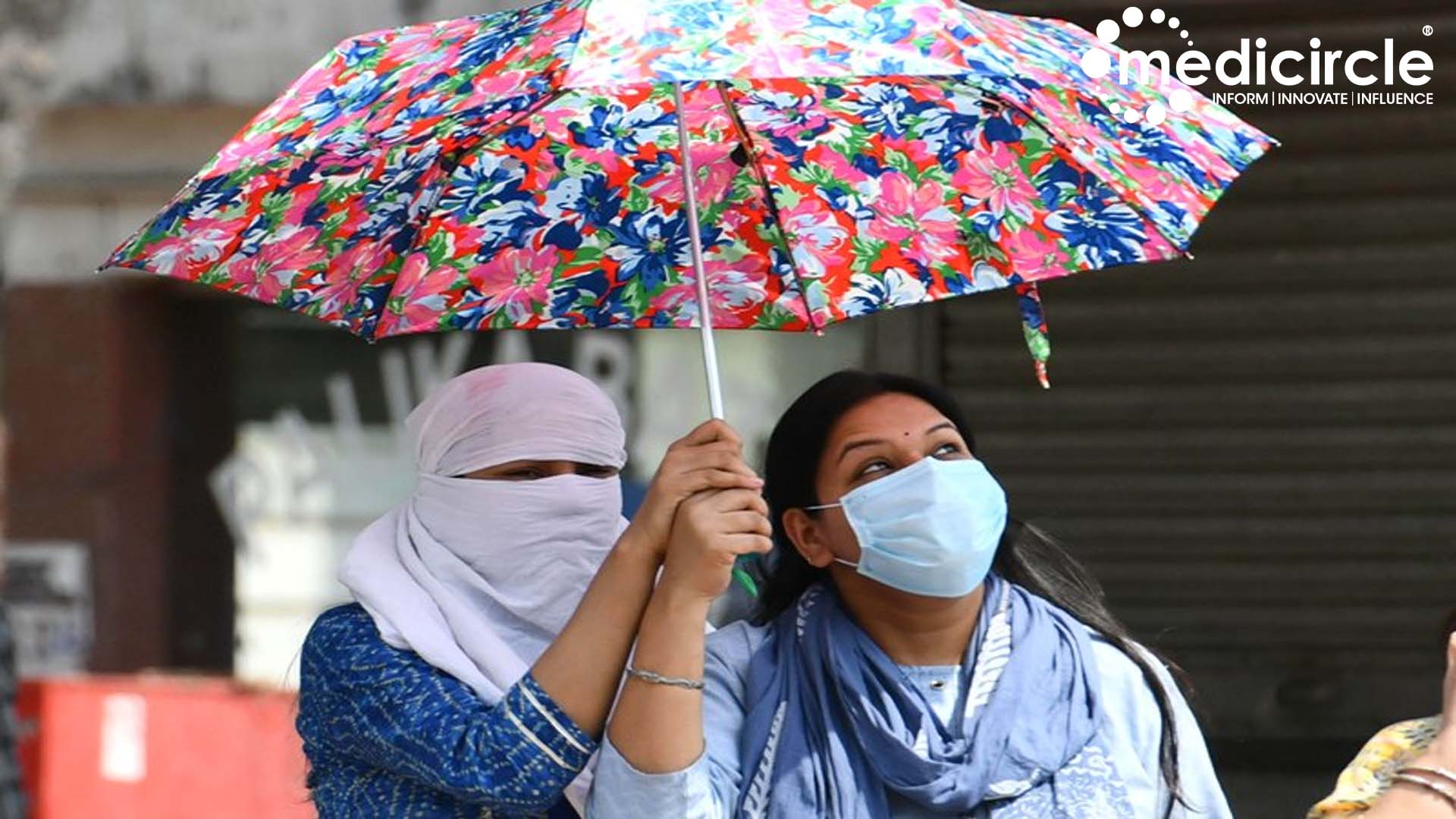Lung cancer is the most common form of cancer that is diagnosed worldwide. According to the GLOBOCAN 2012 report, the estimated incidence of lung cancer in India was 70,275 in all ages and both sexes. Cancer is an uncontrolled growth of cells and if it happens in the lungs it is called lung cancer. The number of lung cancer cases reported at the All India Institute of Medical Sciences (AIIMS) has more than doubled from 940 in 2013-14 to 2,082 in 2015-16.
The most common cause of lung cancer is tobacco or bidis. But it’s an irony that “the number of non-smokers with lung cancer is going up by 30 to 40%. There could be other factors like obesity or drinking, but what is glaring is air pollution,” says Dr. Shyam Aggarwal, chairperson of the Department of Medical Oncology at Sir Ganga Ram Hospital, Delhi. There is plenty of data indicating an increased link between indoor pollution and lung cancer. The type of lung cancer found in smokers is different from non-smokers.
The International Agency for Research on Cancer (IARC), has classified outdoor air pollution as carcinogenic to humans in 2013, citing an increased risk of lung cancer from greater exposure to particulate matter and air pollution. The incidences of adenocarcinoma are clearly on the rise. Younger patients between 30-40 years, more females, and non-smokers are getting detected with advanced cancers.
People who are living in more polluted places have decreased capacity functions of the lungs. Indoor and outdoor pollutants contribute equally to lung cancer as they both have some carcinogenic substances. The Tata Memorial study found that 88 percent of female lung cancer patients were non-smokers, compared with 41.8 percent of males. It concluded that in the case of non-smokers, environmental and genetic factors were implicated.
Main causes of lung cancer
- Risk as of age
- Family history
- Smoking and second-hand smoking
- Exposure to asbestos and other pollutants
- Exposure to radon
Risk factors of lung cancer
- Family history
- Lifestyle factors
- A history of lung diseases also puts you at a higher risk of developing the disease.
Prevention tips – Creating awareness regarding the risk factors of lung cancer can help prevent the disease. Avoiding second-hand smoke, HIV infection, and understanding and avoiding exposure to environmental factors such as radon may help you reduce the risk of contracting.
(Disclaimer: The content on this site is for informational purposes only, and should not be taken as professional medical advice. Always seek the guidance of your doctor or other health professionals for any questions you may have regarding your health or a medical condition.)

 The number of non-smokers with lung cancer is going up by 30 to 40%. If not smoking, there could be other factors like obesity or drinking, but what is glaring is air pollution. There is plenty of data indicating an increased link between indoor pollution and lung cancer. Let’s take a look at how the most common cause is making the shift.
The number of non-smokers with lung cancer is going up by 30 to 40%. If not smoking, there could be other factors like obesity or drinking, but what is glaring is air pollution. There is plenty of data indicating an increased link between indoor pollution and lung cancer. Let’s take a look at how the most common cause is making the shift.


















.jpg)















